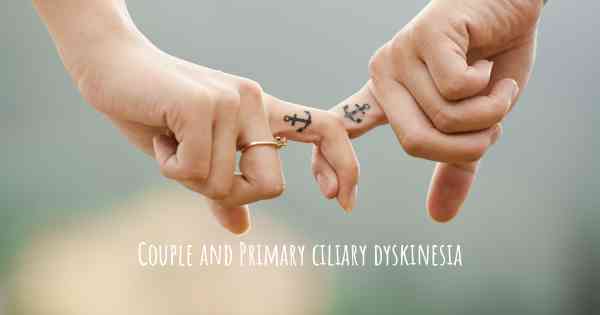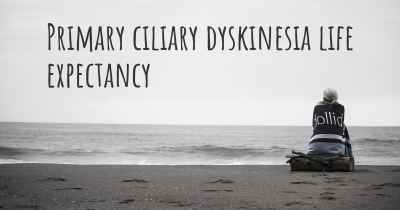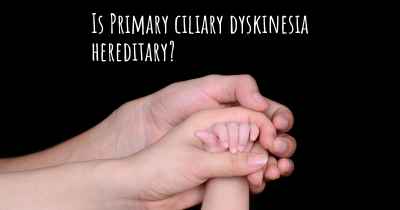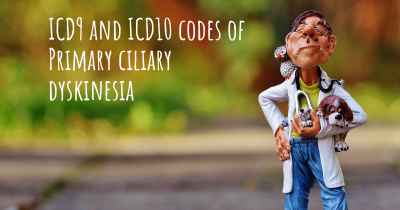Is it easy to find a partner and/or maintain relationship when you have Primary ciliary dyskinesia?
People with experience in Primary ciliary dyskinesia give their opinion on whether it is easy or not to have a partner or to maintain a realationship when you are diagnosed of Primary ciliary dyskinesia. What are the possible difficulties in having a relationship?

Is it easy to find a partner and/or maintain a relationship when you have Primary Ciliary Dyskinesia (PCD)?
Primary Ciliary Dyskinesia (PCD) is a rare genetic disorder that affects the cilia, which are tiny hair-like structures that line the respiratory tract, sinuses, and other organs. PCD can cause a range of symptoms, including chronic respiratory infections, sinusitis, and fertility issues. Living with PCD can present unique challenges when it comes to finding and maintaining a romantic relationship, but it is important to remember that everyone's experience is different.
Finding a Partner:
When it comes to finding a partner, having PCD may present some challenges, but it does not make it impossible. It is important to be open and honest about your condition when getting to know someone. Sharing information about PCD early on can help potential partners understand your needs and limitations. While some individuals may be hesitant or unsure about dating someone with a chronic condition, others may be understanding and supportive.
Maintaining a Relationship:
Maintaining a relationship when you have PCD requires open communication, understanding, and support from both partners. It is crucial to educate your partner about PCD, its symptoms, and how it may impact your daily life. This will help them understand the challenges you face and allow them to provide the necessary support.
PCD can sometimes lead to physical limitations, such as fatigue or the need for frequent medical appointments. It is important to communicate your needs and limitations to your partner, allowing them to adjust their expectations and provide the necessary support. This may involve making accommodations for your health needs, such as planning activities that are less physically demanding or being understanding when you need to cancel plans due to illness.
Support Networks:
Building a strong support network can be beneficial for both individuals with PCD and their partners. Connecting with other individuals who have PCD or chronic illnesses can provide a sense of understanding and camaraderie. Support groups, both online and offline, can offer a safe space to share experiences, seek advice, and find emotional support.
Self-Care:
It is important for individuals with PCD to prioritize self-care and manage their condition effectively. Taking care of your physical and mental health can positively impact your relationships. By managing your symptoms, seeking appropriate medical care, and maintaining a positive mindset, you can increase your overall well-being and enhance your ability to engage in relationships.
Conclusion:
While having Primary Ciliary Dyskinesia (PCD) may present some challenges when it comes to finding and maintaining a romantic relationship, it is not impossible. Open communication, understanding, and support from both partners are key to building and sustaining a healthy relationship. By educating your partner about PCD, building a support network, and prioritizing self-care, you can navigate the challenges of PCD while fostering meaningful connections with others.








